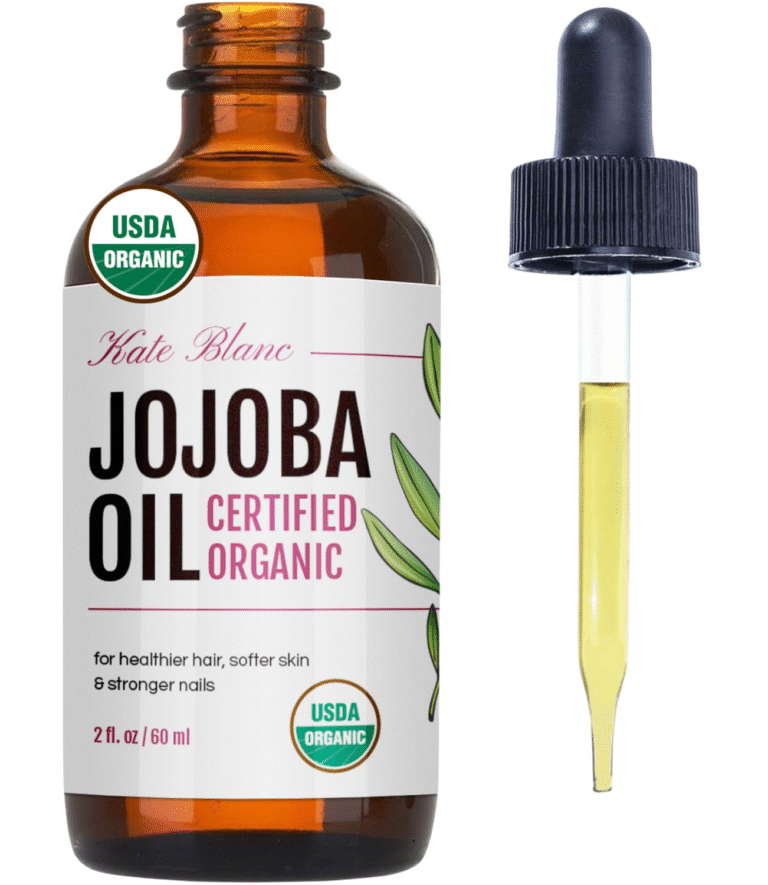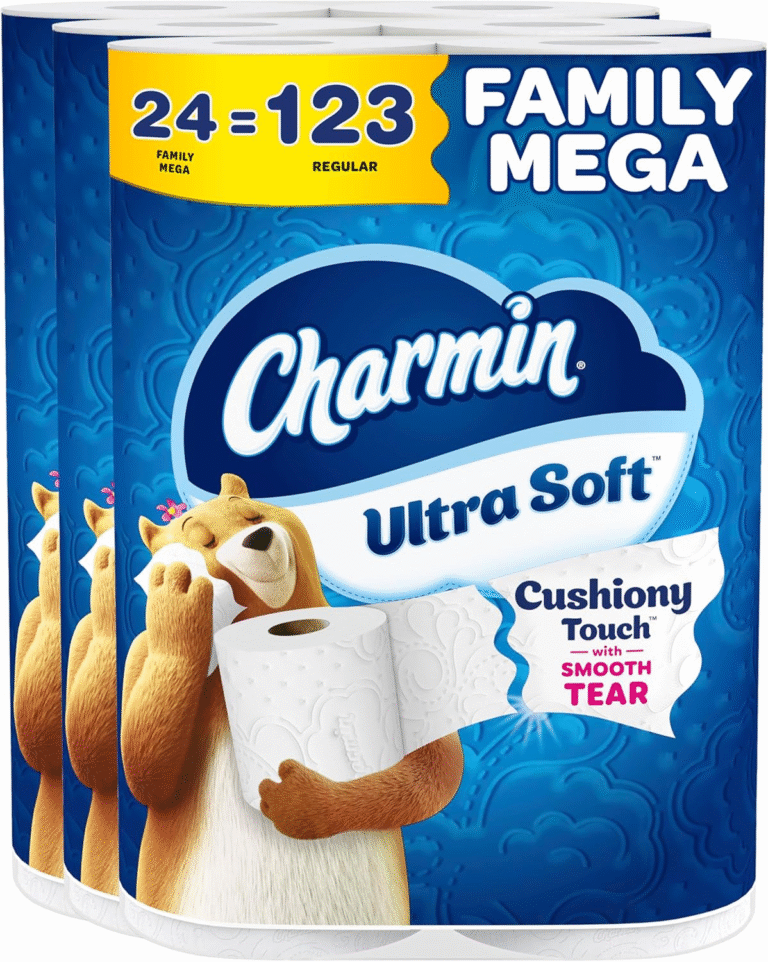The 4 Best Dutch Ovens for Bread Baking
Baking bread at home, especially artisan loaves like sourdough, is a rewarding ritual that transforms your kitchen into a mini-bakery. The secret weapon? A Dutch oven. These heavy-duty pots trap steam during the initial bake, creating the ideal humid environment for a lofty rise and that signature shatteringly crisp crust. With even heat retention from cast iron (or ceramic alternatives), they mimic professional steam ovens without the fuss.
Dutch ovens continue to evolve with better designs for bakers—think oval shapes for batards, built-in steam channels, and lightweight options that don’t skimp on performance. After reviewing expert tests from Serious Eats, Bon Appétit, and baking blogs like The Pantry Mama, we’ve narrowed down the top four. These picks balance versatility, ease of use, and bread-specific features, catering to beginners and pros alike. Prices range from budget-friendly to investment pieces, but all deliver bakery-quality results.
1. Lodge Enameled Cast Iron Dutch Oven (Best Overall and Budget Pick)
Lodge has long been a staple for home bakers, and its 6-quart enameled cast iron model remains the gold standard for everyday bread baking. At around $80, it’s an unbeatable value that punches way above its price.
Key Features:
- Size and Shape: 6 quarts, round—perfect for a standard 1- to 1.5-pound boule without spreading the dough too thin.
- Material: Porcelain-enameled cast iron for superior heat retention and rust resistance; oven-safe up to 500°F.
- Why It’s Great for Bread: Preheats evenly to create instant steam when you add the dough, yielding tall loaves with open crumb and golden crusts. Testers at Serious Eats and Business Insider praised its no-knead bread results, noting consistent browning without hot spots.
- Pros: Affordable, available in fun colors (like island spice red), versatile for stews and braises beyond baking. Lightweight at about 11 pounds for easy handling.
- Cons: Enameled finish can chip if dropped (though Lodge’s is durable); round shape limits oval loaves.
Best For: Beginners or anyone wanting a workhorse pot that excels at sourdough without breaking the bank. If you’re baking your first loaf, this is the one—pair it with parchment slings to avoid burns.
2. Le Creuset Signature Round Dutch Oven (Best Premium Pick)
For those who view cookware as heirloom art, Le Creuset’s 5.5-quart Signature is the pinnacle of luxury baking. Priced at about $400, it’s a lifetime investment that looks as good on the stovetop as it does in the oven.
Key Features:
- Size and Shape: 5.5 quarts, round—ideal for smaller households or single loaves.
- Material: Enameled cast iron with a stainless steel knob (upgraded from plastic for high-heat baking).
- Why It’s Great for Bread: Exceptional heat distribution ensures even baking, with the tight-fitting lid locking in steam for professional-level crusts. Consumer Reports and Wirecutter tests highlighted its quick preheating and easy cleanup after no-knead recipes, producing loaves with a perfect chew.
- Pros: Lifetime warranty, chip-resistant enamel in 90+ colors, ergonomic handles for oven mitts. Doubles as a showpiece for braises and roasts.
- Cons: Heavy (over 13 pounds empty) and pricey; not the best for large batches.
Best For: Serious bakers who prioritize aesthetics and durability. If your kitchen counter doubles as a display shelf, this French classic will elevate your sourdough game while handling everything from pot roasts to pastries.
3. Challenger Bread Pan (Best for Versatile Shapes and Advanced Bakers)
Designed specifically for bread enthusiasts, the Challenger Bread Pan from Challenger Breadware is a game-changer for. At around $300, it’s bread-focused innovation that outperforms traditional Dutch ovens.
Key Features:
- Size and Shape: 4.5-quart base with interchangeable cloche lid—adapts to round boules, oval batards, or even baguettes.
- Material: Bare cast iron (seasoned) for raw, natural heat; oven-safe up to 600°F.
- Why It’s Great for Bread: The shallow base and tall lid allow easy dough loading, while self-basting ridges channel steam for superior oven spring. Serious Eats named it a top pick for multi-shape baking, with testers loving the shatter-crack crust on sourdough and the option to bake two smaller loaves at once.
- Pros: Compact for storage, promotes even browning without uncovering mid-bake. Eco-friendly and made in the USA.
- Cons: Requires seasoning like raw cast iron (no enamel for easy cleanup); steeper learning curve for non-bakers.
Best For: Avid sourdough makers experimenting with shapes or baking multiples. If you’re over round loaves and want pro-level control, this pan’s thoughtful design makes it worth the splurge.
4. Emile Henry Bread Cloche (Best Ceramic Alternative)
If cast iron feels too heavy, Emile Henry’s ceramic cloche offers a lighter, flameware option tailored for bread. The 3-quart model, priced at about $130, is a favorite for its gentle heat.
Key Features:
- Size and Shape: 3 quarts, round with a domed lid—sized for one 1-pound loaf.
- Material: Burgundian clay (flameware) that’s unglazed inside for moisture absorption; oven-safe up to 500°F.
- Why It’s Great for Bread: Absorbs excess dough moisture for a tender crumb while the lid traps steam for crisp tops. Baker Bettie and The Spruce Eats raved about its even baking in tests, producing rye and white loaves with bakery shine—no thermal shock from freezer to oven.
- Pros: Lightweight (under 8 pounds), naturally nonstick, and stylish in earthy tones. Microwave- and dishwasher-safe.
- Cons: Smaller capacity limits batch size; ceramic can crack if mishandled (though it’s lead-free and durable).
Best For: Health-conscious bakers or those with induction stoves seeking a cast-iron alternative. It’s perfect for small-space kitchens where you want focused bread baking without the weight.
Final Thoughts
The right Dutch oven turns bread baking from chore to joy, with steam and heat doing the heavy lifting. For most, the Lodge offers the best bang for your buck, but splurge on the Challenger if shapes matter. Always preheat empty (lid on) for 30-45 minutes at 450-500°F, use parchment for safe transfer, and vent the lid for the last 10-15 minutes for extra color. Happy baking—your kitchen will smell like a Parisian boulangerie in no time!


